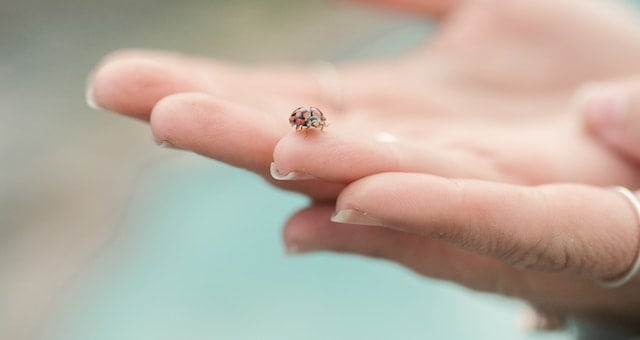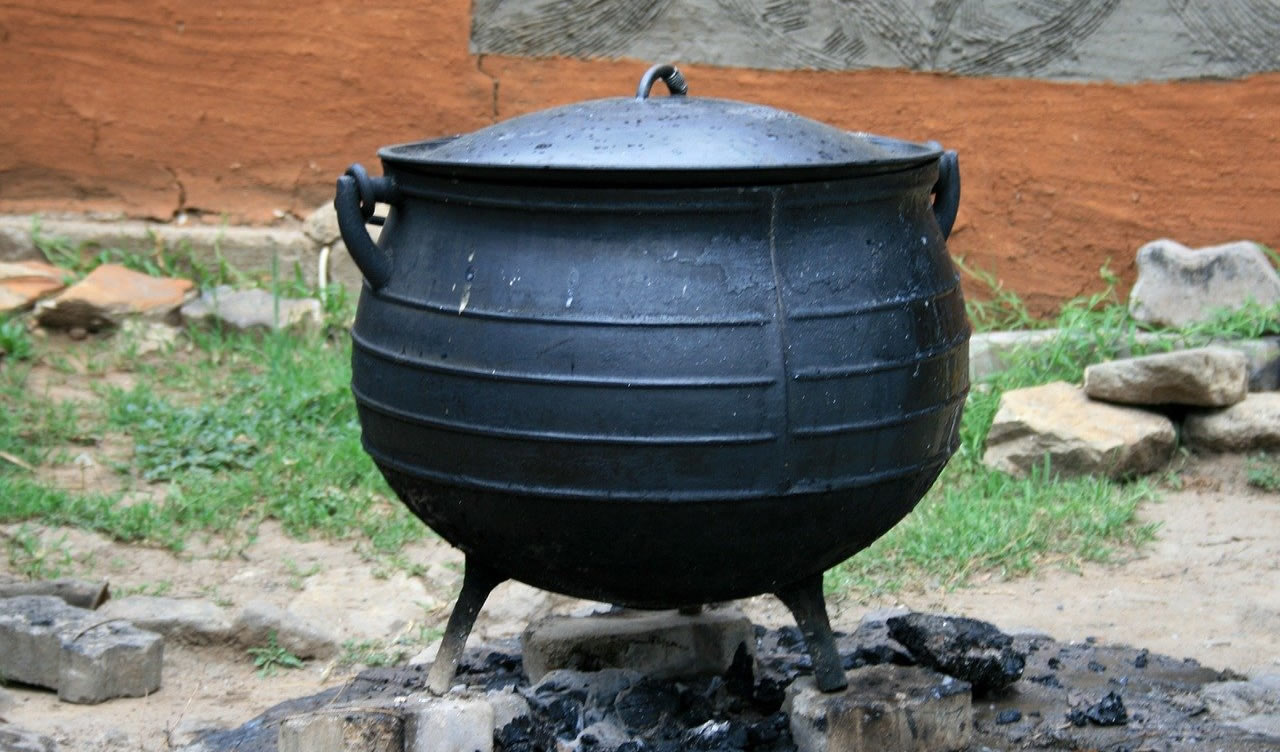Hello there, awesome friends! Today, I want to talk about ladybugs, tiny insect that occasionally gets inside our homes. These adorable little ladybug beetles come in various hues, including red, orange, and even yellow. They have these cool black spots on their wings, and some even have stripes.
Ladybugs are beneficial because they consume other garden pests like aphids and mites. However, they can occasionally become a nuisance when they break into our comfortable homes. But don’t worry, I’ll help you eliminate those ladybirds without squashing them!
Identifying Ladybugs
Do you realize there are various varieties of ladybugs? Some are indigenous to our country, while others are foreign invaders. The Asian lady beetle is a type of ladybug that you might discover living in your house. They are simple to identify because of the odd “M” or “W” shape on their heads.
During the chilly winter months, these cunning insects prefer to hide inside our homes. They move into our welcoming homes to stay warm when it’s cold outside. But don’t worry, we can ask them to leave politely.
Preventing Ladybugs from Entering Your Home
We can take a few easy precautions to prevent ladybugs from interrupting your indoor gathering. Let’s start by looking for and patching any holes or cracks in the walls, doors, or windows. Those tiny insects shouldn’t be able to access hidden doors, please! The next great idea is to put screens on your windows and doors to let fresh air in while keeping ladybugs out.
Weatherstripping is another fantastic tool for fending off sly intruders. Try using things like citronella or citrus oil if you want to repel ladybirds naturally. They won’t hang out there anymore because they don’t like the smell!
Trapping Ladybugs in Your Home
We can gently capture ladybugs and put them back outside if they enter. Using a Hoover with a sock or stocking attachment is a fun way to catch them. Give them a free ride back to nature after sucking them in! Placing small pieces of tape close to where they congregate is another tactic.
Since ladybugs are relatively sticky, they will stick to the tape and are simple to catch. If you’re feeling creative, you can create a light trap using an LED light and a plastic bottle. The light will draw them in, trapping them inside. Be a good friend and release them outside after you’ve caught them so they can continue being superhero bugs!
Killing Ladybugs in Your Home (But Should You?)
I have to be honest with you, my friends. Ladybug killing is not the best course of action. When we squash, they exude a yellowish liquid, which can stain things and draw additional ladybugs. So, let’s try some other approaches rather than going Hulk on them.
If you want to say goodbye, the ladybugs can be frozen or submerged in soapy water. These techniques may be harsh, but they are kinder than squishing. But remember that being kind and compassionate to these tiny creatures is always preferable!
Cleaning Up After Ladybugs
You might discover some odors, stains, or even tiny ladybug bodies left behind after an invasion. Yikes! But fear not my friends; I have some cleaning advice for you.
You can gently remove stains from hard surfaces by mixing bleach and water, but only with an adult’s assistance. But be careful—using bleach on fabrics could result in discoloration. For fabric stains, try baking soda and vinegar paste instead.
Simply dab some on the affected area, allow it to sit for a while, and gently rinse it off. If you have a steam cleaner, you can utilize it to eliminate ladybugs after an infestation.
Be careful around delicate fabrics or furniture and follow the manufacturer’s instructions.
Getting Rid of Ladybugs in Your Yard
Let’s talk about ladybugs in our yard now, my awesome friends. Ladybugs are actually incredibly beneficial for maintaining the health of our gardens. It is advantageous to have them nearby because they enjoy munching on bothersome pests like mites and aphids. Plant flowers that ladybugs like, like daisies, marigolds, or sunflowers, in your yard to entice more local ladybugs there.
Since ladybugs also require water, offering a shallow dish or fountain can keep their content lingering. Oh, and here’s a little-known piece of advice: try to keep pesticides out of your garden. We want to be friends with ladybugs, but they don’t like those chemicals, right?
Dealing with Ladybug Bites

Let’s talk about ladybug bites now, my friends. First, don’t worry too much since ladybug bites are relatively uncommon. But occasionally, they might nip us with their tiny mouths if they feel threatened or cornered. Ouch! Ladybug bites typically don’t hurt too severely but can itch or leave a little red bump behind.
You can use an excellent ice pack to ease the pain and swelling if you’ve been bitten. You could also apply an antihistamine cream or take an antihistamine tablet if it bothers you. Just be sure to read the directions and ask a grownup for assistance. It’s important to tell an adult and get medical help immediately if the bite infects or results in severe reactions like swelling or difficulty breathing.
Conclusion
Well, my wonderful friends, we’ve discovered so much about those little, vivid ladybugs and how to live harmoniously with them. Ladybugs are good insects to remember!
It is advisable not to harm them because of their benefits to our gardens. However, several preventative measures can help keep them out of our homes, capturing and releasing them and cleaning up any messes they may have left behind.
By planting their favorite flowers and staying away from harmful chemicals, we can make them feel welcome in our yards. Additionally, if a ladybug happens to nip us, we can treat it with ice, cream, or antihistamines.
My dear friends, I sincerely hope you enjoyed reading this essay. Comment below with any funny ladybug tales, ideas, or queries. Please don’t hesitate to contact me for additional assistance or information. Stay awesome and bug-tactic until next time!












